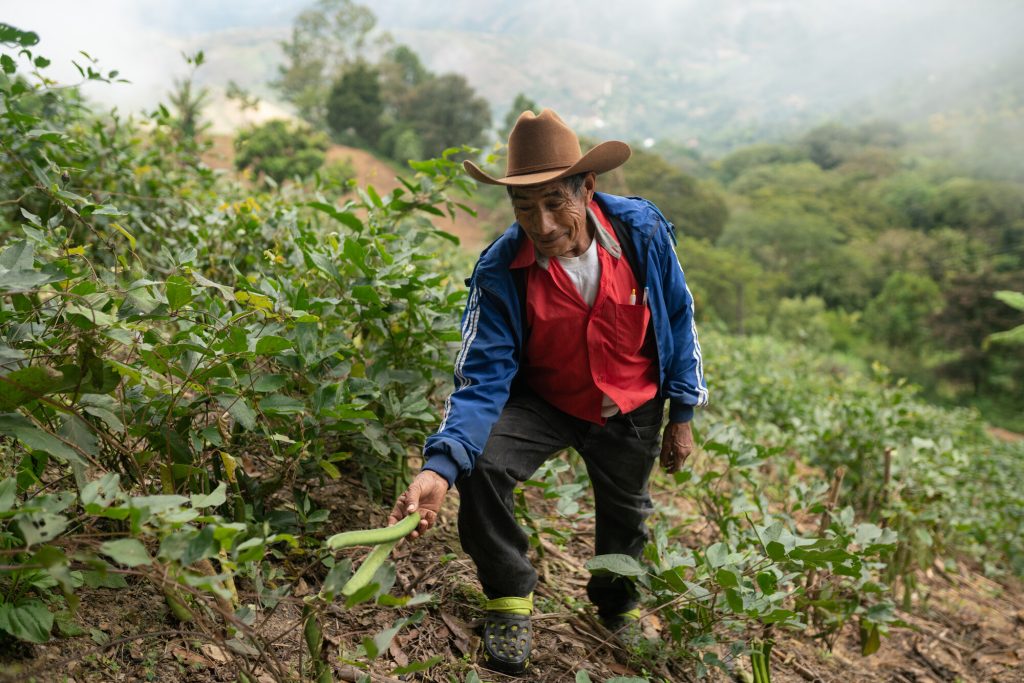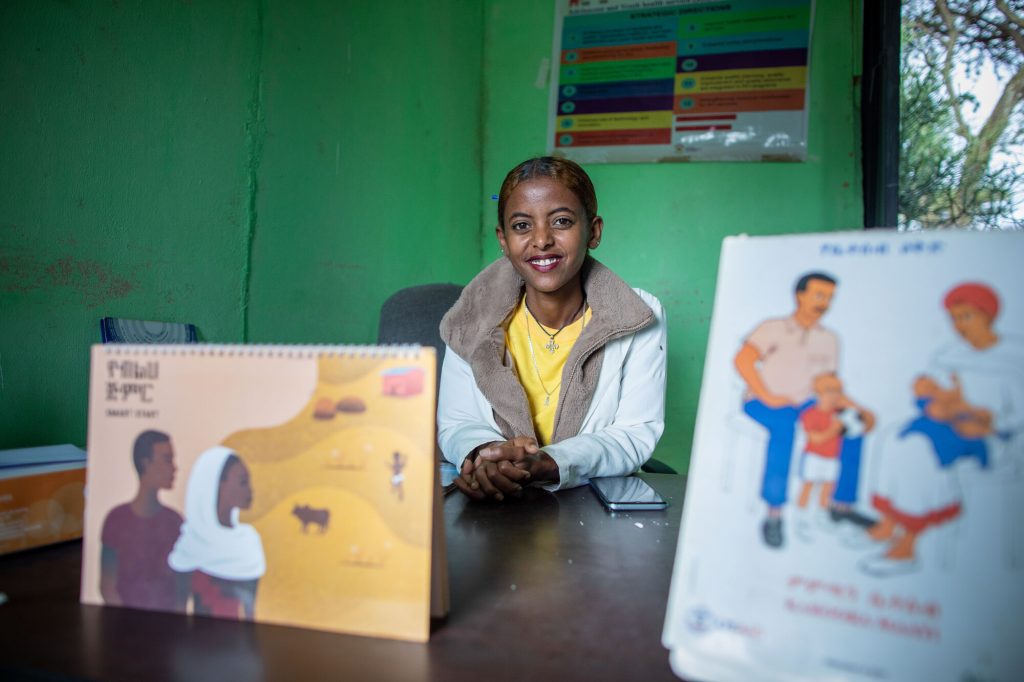The USAID Collapse: What It Means for Global Humanitarian Aid and How Canada Must Respond
A Devastating Blow to Global Aid
The recent dismantling of the U.S. Agency for International Development (USAID) has sent shockwaves through the global humanitarian and development sector – including in Canada. The U.S. has long been the world’s largest humanitarian donor, with USAID funding critical projects in over 120 countries. From fighting epidemics to providing clean water, education, and food security, USAID’s programs have saved millions of lives for less than one percent of the U.S. federal budget.
Yet, with the collapse of this vital institution, the global aid system is now facing a staggering $63 billion funding shortfall. The consequences are dire: lifesaving food, water, and medical supplies are being cut off from millions of people in conflict zones and disaster-stricken regions. Programs that helped eradicate polio and smallpox, or provided HIV/AIDS treatment to 20 million people in Africa, have come to a screeching halt. Humanitarian crises in places like Sudan, Yemen, Gaza, the Democratic Republic of Congo, and Guatemala are worsening by the day.
And now, other wealthy nations are following suit, slashing their foreign aid contributions. This is not just an American problem - it’s a global catastrophe in the making.

Oxfam is distributing aid and providing access to clean water but more resources are needed to meet demand. Photo: Yves Kalwira/ Oxfam
Canada Must Step Up - Not Step Back
Canada, too, spends far less than the 0.7% of GDP donor countries committed to decades ago. While Minister Hussen’s office has assured that “foreign aid is not a handout, it’s an investment in the safety, security, and well-being of Canadians and communities around the world,” words must be backed by action. Oxfam Canada will hold our government to that promise.
The truth is that if Canada and other wealthy nations do not step in to fill the gap left by USAID’s collapse, millions of people will suffer. Canada has an opportunity, and a moral obligation, to reinforce its leadership in international aid and development.
PITCH IN: AT ANY GIVEN TIME, OXFAM IS RESPONDING TO OVER 30 EMERGENCIES AROUND THE WORLD.
The Ripple Effect on Global Partners
For organizations working on the front lines, the impact of USAID’s collapse is already being felt. In the Democratic Republic of Congo, aid workers were forced to abandon life-saving clean water initiatives as conflict displaced hundreds of thousands of people. In Malawi, the Family Planning Association lost 30% of its funding, resulting in the closure of 35 clinics—putting sexual and reproductive health rights (SRHR) at risk. In Uganda and Mozambique, USAID’s funding cuts have led to the suspension of critical HIV/AIDS treatment programs, endangering countless lives.
Elsewhere, the loss of U.S. funding has shuttered independent media in El Salvador, undermining democracy and press freedom. In Kenya, where one of the worst droughts in history has already left millions hungry, two-thirds of the drought response plan—funded primarily by USAID—is now gone. Even demining efforts in countries like Afghanistan, Cambodia, Ukraine, and Yemen have been halted, leaving civilians at greater risk of injury and death.
WATCH: THIS MOBILE CLINIC IS SAVING LIVES IN MALAWI
It’s Not Just About USAID - It’s About Global Humanity
This collapse comes at a time when humanitarian needs are at an all-time high. With 120 million people forcibly displaced worldwide, and most major humanitarian responses only 47% funded—even before the USAID shutdown—the system is stretched to its breaking point.
Cuts to aid do not just affect those in crisis zones; they have long-term consequences for global stability, peace, and security. As Kate Higgins, CEO of Cooperation Canada, warns: “If we want a secure Canada, we need to support the creation of a secure world.”

Oxfam partners Corazón de Maíz and ASEDECHI are introducing drought-resistant crops and farming techniques to help farmers in the Dry Corridor adapt to the climate crisis. Photo: James Rodriguez/Oxfam
Where does Oxfam stand
Oxfam Canada is joining forces with humanitarian agencies worldwide to sound the alarm. While Oxfam does not rely on USAID funding, many of our partners do—and they are scrambling to stay afloat. These partners play an essential role within the aid system. The delivery of aid rests on a variety of actors all working and collaborating together. If some drop out, the whole system is undermined.
We know that in times of humanitarian disaster and crisis, women are told to put their quest for rights aside. This means stalling progress towards economic equality, achieving women’s rights and sexual and reproductive freedom around the world, and ending gender-based violence. Oxfam is concerned those initiatives will suffer even if USAID returns in a more limited capacity.
As Oxfam Canada’s Executive Director Lauren Ravon recently said, “The world has been facing record levels of humanitarian crises, so the humanitarian system as a whole was already overstretched.” Having the bottom fall out has huge implications.
At a time of record-breaking humanitarian need, the world cannot afford to retreat. Oxfam Canada will continue to fight for a future where aid is not seen as charity, but as a fundamental investment in human rights and global stability.

